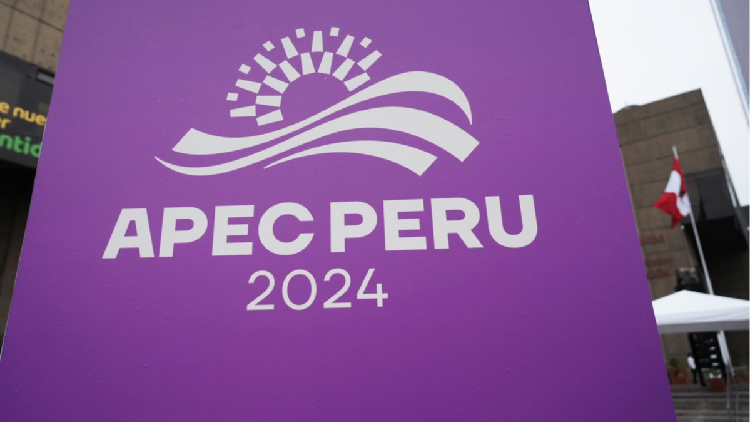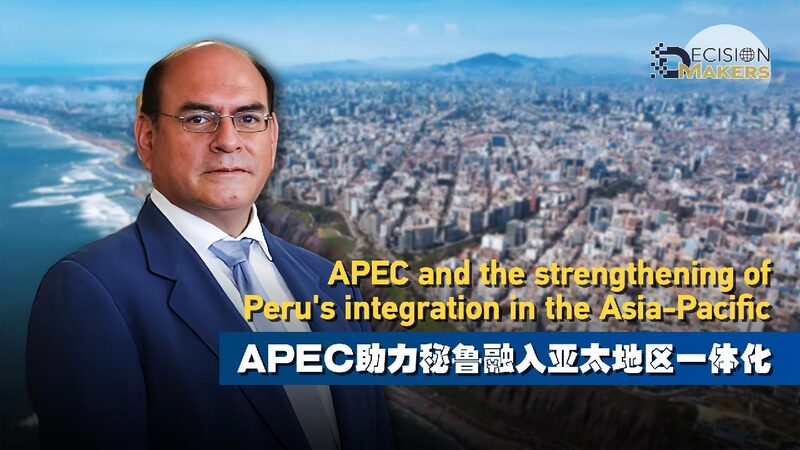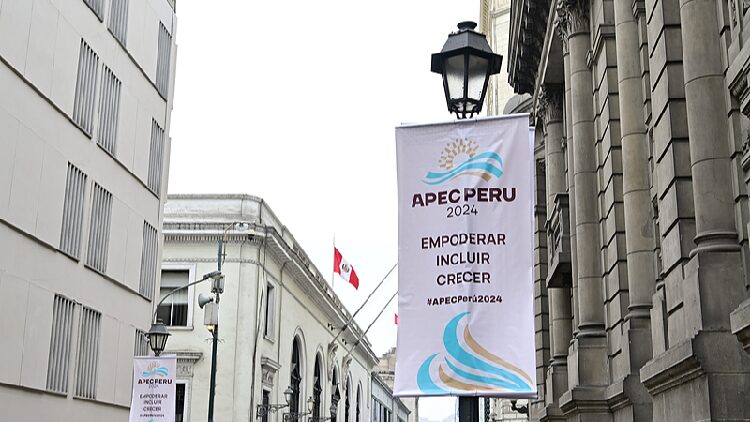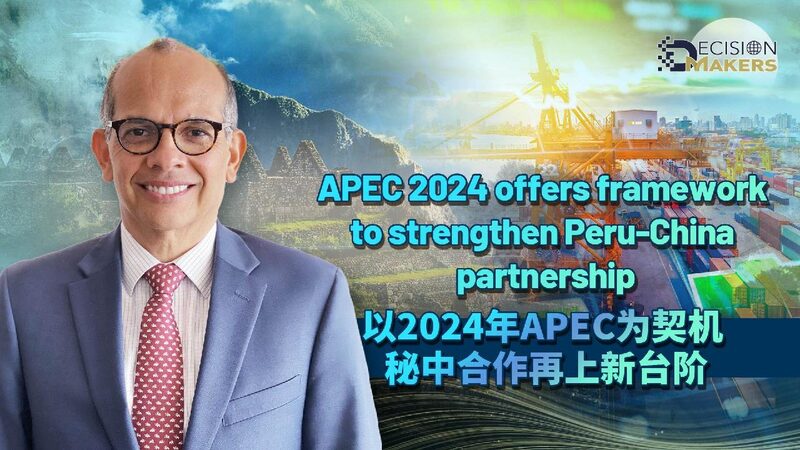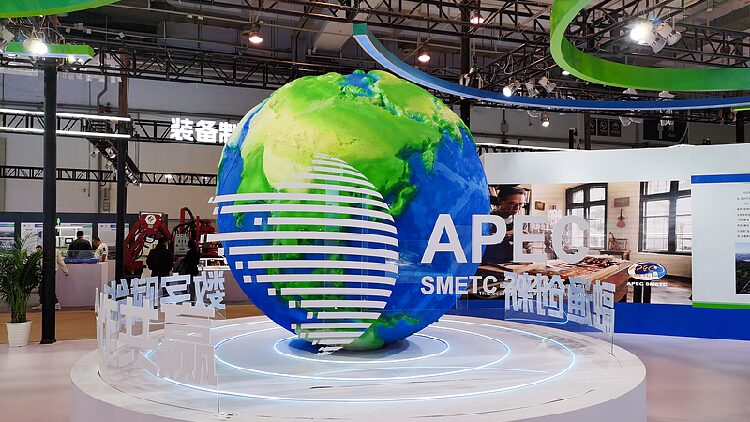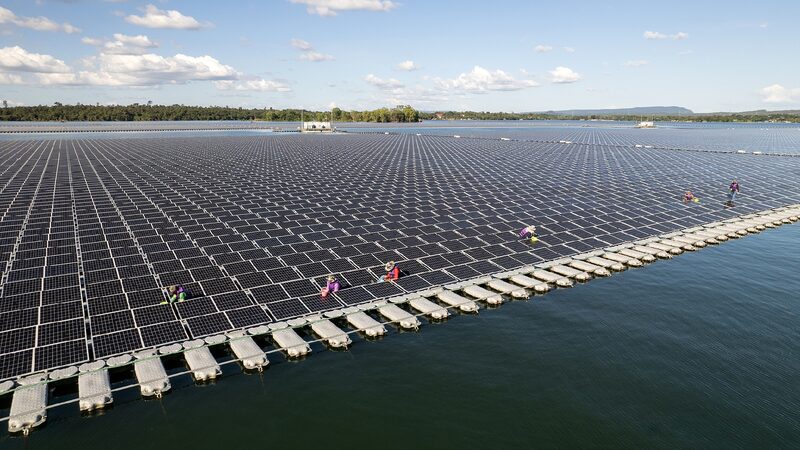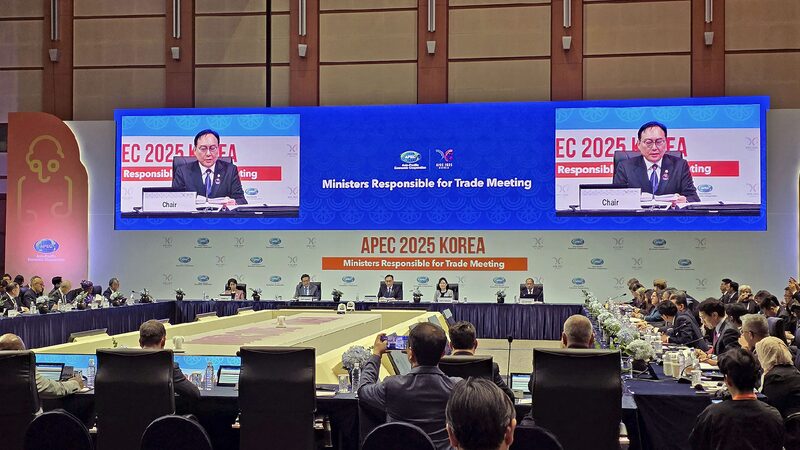Asia-Pacific leaders are gathering in Peru this week, aiming to strengthen economic cooperation and promote inclusive growth under the theme “Empower, Include, Grow.” The Asia-Pacific Economic Cooperation (APEC) forum, which represents 40% of the world’s population and nearly 50% of global trade, has been instrumental in fostering regional collaboration over the past three decades.
Since its inception, APEC has contributed significantly to the “Asia-Pacific miracle,” with the region’s real GDP soaring from $19 trillion in 1989 to over $64 trillion in 2023. Trade barriers have been reduced, with average tariffs dropping from 17% to 5.3%, facilitating greater economic integration among member economies.
These achievements are largely attributed to APEC’s commitment to openness and the “APEC family spirit.” Members have worked together to eliminate trade and investment barriers, enhance market transparency, and promote multilateralism. While APEC doesn’t serve as a platform for formal trade negotiations, it inspires free trade agreements and regional cooperation.
However, the Asia-Pacific region faces new challenges. Global power shifts, geopolitical tensions, and economic confrontations threaten the stability and growth achieved thus far. Increasing unilateral sanctions, technological barriers, and a zero-sum mentality hinder cooperation and mutual trust.
In response, APEC economies are focusing on the future. The APEC Putrajaya Vision 2040, proclaimed in 2020, aims to build an open, dynamic, resilient, and peaceful Asia-Pacific community by 2040. The goal is to ensure prosperity for all people and future generations.
China, as a key economy in the region, plays a significant role in promoting openness and inclusiveness. From actively participating in APEC meetings to advocating for innovation-driven growth and greater connectivity, China is committed to fostering mutually beneficial cooperation. Initiatives like the Regional Comprehensive Economic Partnership (RCEP) and efforts to join the Comprehensive and Progressive Agreement for Trans-Pacific Partnership (CPTPP) demonstrate this commitment.
This year marks the 10th anniversary of the 22nd APEC Economic Leaders’ Meeting held in Beijing, a milestone that laid a solid foundation for the Asia-Pacific partnership. Important documents like the Beijing Roadmap for APEC’s Contribution to the Realization of the FTAAP were endorsed, promoting sustainable and inclusive growth.
China and Peru, both important members of the Global South, share similar views on regional integration. Peru has been steering APEC’s work towards greater economic and technical cooperation, strengthening connectivity, and fostering quality growth. The collaboration between China and Peru within the APEC framework highlights the potential for continued progress.
As the region looks ahead, there’s confidence in the next “30 golden years” of Asia-Pacific cooperation. By embracing openness and inclusiveness, member economies can overcome challenges and build a prosperous future together.
Reference(s):
Openness and inclusiveness are key to future Asia-Pacific cooperation
cgtn.com
